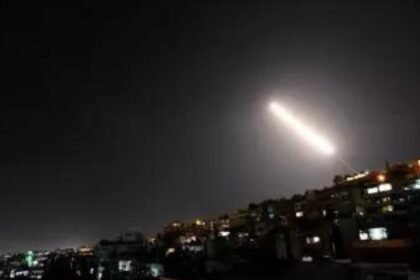Kuwait’s Failaka Island has just yielded one of its most significant secrets in decades: a 4,000-year-old temple belonging to the powerful Bronze Age Dilmun civilization. This extraordinary discovery, made by a joint Kuwaiti–Danish archaeological team, is actually the second temple found stacked on the exact same spot, confirming the island was a much more critical religious and administrative center than previously understood. The find includes the complete layout of the ancient structure, along with seals and pottery, immediately enriching our entire picture of ancient Gulf trade and faith.
Uncovering bronze age temple at Failaka’s Island
What makes this discovery truly remarkable is its layered nature. The complete layout of the Bronze Age temple was found situated directly beneath another Dilmun temple that was uncovered just last year. This confirms a rare architectural event: two temples built sequentially on the exact same site, both dating back roughly 4,000 years, specifically between 1900 and 1800 BCE.According to Mohammed bin Redha, the Acting Assistant Secretary-General for the Antiquities and Museums Sector at the NCCAL, the team uncovered the temple’s complete layout, which confirmed that “two temples were built on the same site, one atop the other, both dating back roughly 4,000 years.” He added that the NCCAL is committed to supporting these missions, emphasizing the importance of these efforts to “preserve and promote the nation’s ancient heritage.”The excavation this season focused on the mound known as Tell F6, situated just east of the Dilmun palace and temple area. Dig supervisor Dr. Ole Herslund noted that previous digs had only hinted at the site with wall fragments believed to be part of a small temple platform. The newly exposed structure includes its original foundations, along with key artifacts like seals and pottery vessels, all confirming its link to the early Dilmun period.
What has the excavation revealed?
Archeologists Uncovers:
- Stone foundation walls outlining a rectangular multi-roomed temple
- Pottery sherds typical of early Dilmun craftsmanship
- Seals and seal impressions used in trade and administrative validation
- Beads and carved fragments linked to personal adornment and ceremonial roles
The floor layout and central chamber structure align closely with ritual buildings found in Bahrain and eastern Arabia, locations also linked to Dilmun religious heritage.
Failaka’s role in gulf civilization
Failaka lies at a strategic maritime crossroads between Mesopotamia, eastern Arabia and the Indus Valley. During the Bronze Age, the Dilmun civilization acted as a mediator in long-distance trade routes, exchanging copper, textiles, pottery, beads and gemstones. This newly uncovered temple reinforces the idea that Failaka served as:
- A ritual center for communal and religious gatherings
- A meeting point for merchants and travelers
- A settlement with administrative significance rather than temporary occupation
The discovery also suggests that the Gulf was not peripheral, but deeply integrated into global trade networks long before recorded Arab states emerged.
Who were the people of Dilmun?
The Dilmun civilization was one of the earliest organized societies in the Arabian Gulf, flourishing roughly between 3000 and 1600 BCE. It occupied regions that are today part of Kuwait, Bahrain and the Eastern Province of Saudi Arabia, and played a central role in trade between Mesopotamia (Iraq) and the Indus Valley (India and neighbouring nations).The temple was likely built by settled communities of Dilmun traders, administrators, sailors and craftspeople who lived permanently on Failaka, not temporary visitors.Dilmun appears in ancient Mesopotamian writings as a land of purity, water and life often described as prosperous, peaceful, and spiritually important.
Bottom line
This temple is more than an ancient structure, it is a bridge to a world that existed long before modern borders. The stones, carvings and layout still echo the rituals, trade, and community life of the Dilmun people. For Kuwait and the wider Gulf, this is a story of identity – a reminder that the region’s history runs deep, rich and proudly rooted.







